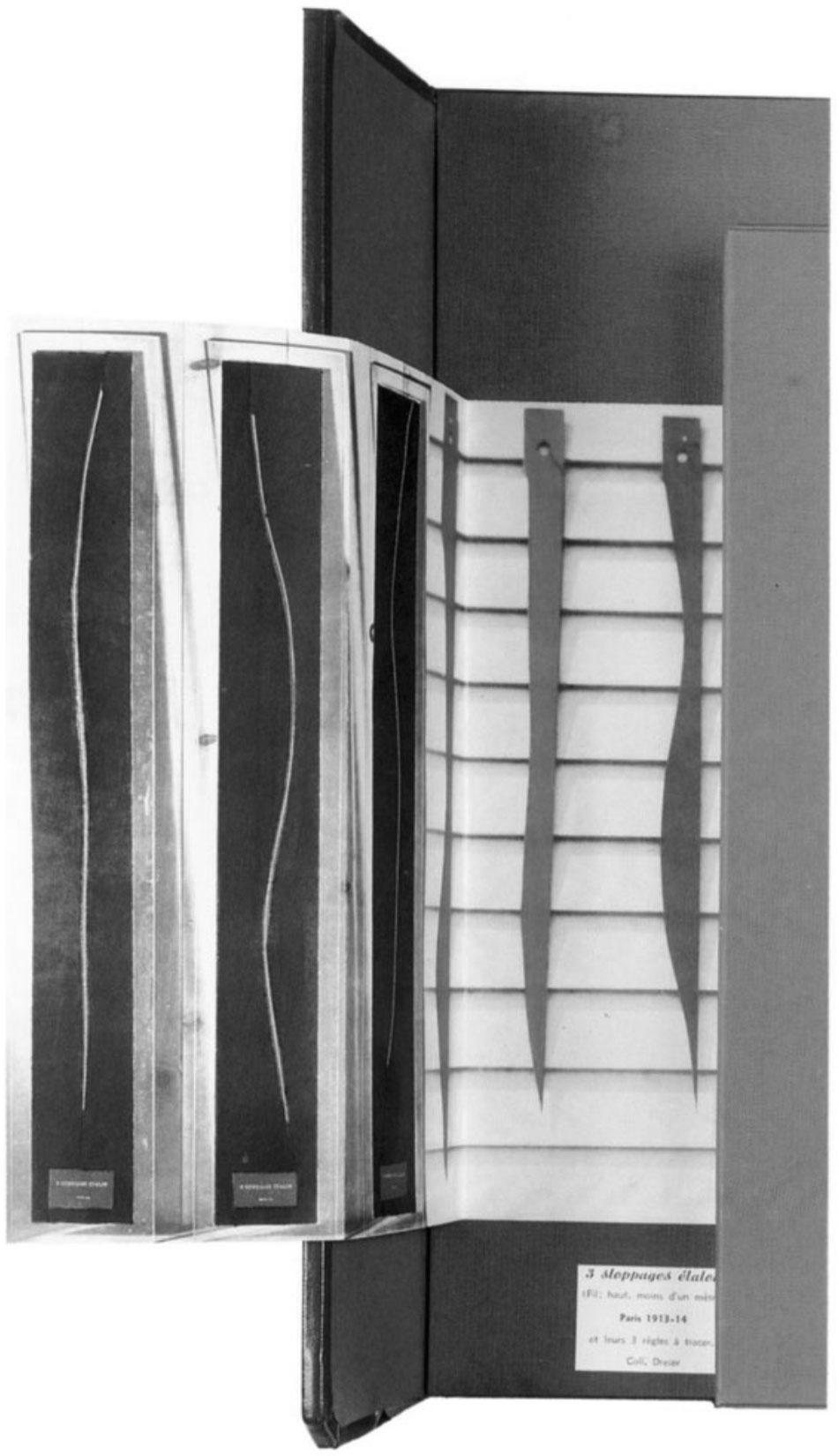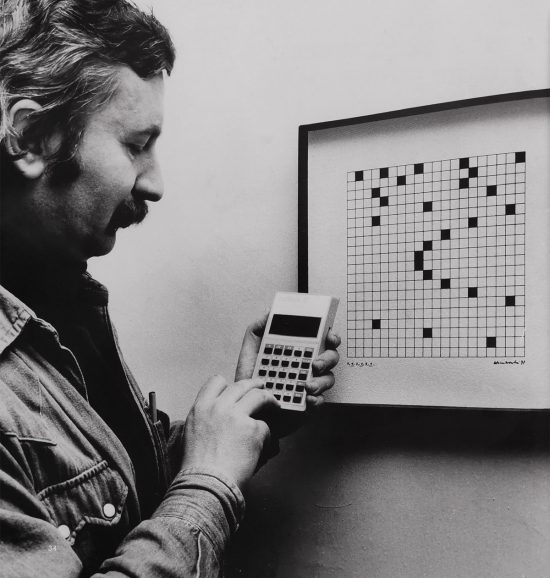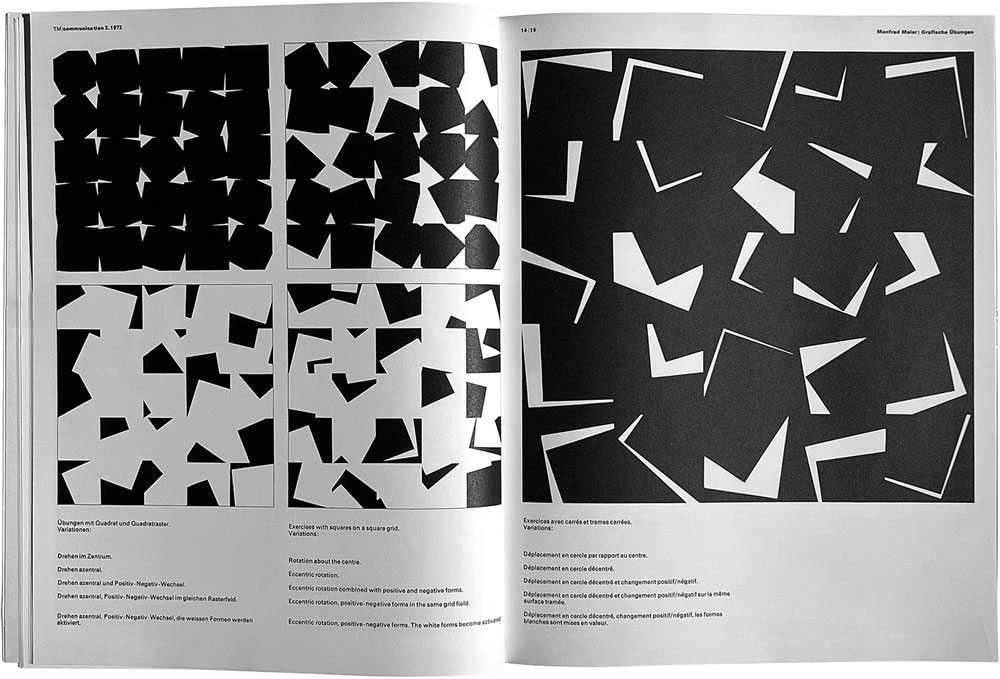 Marcel Duchamp "Three Standard Stoppages"
Marcel Duchamp "Three Standard Stoppages"
Randomness, chance or surprise are the phenomena that have accompanied me in the creative process for a long time. As far as I can remember I tried to create for myself a work environment that embraced surprise. Randomness is also very liberating. As designers, we have a lot of decisions to make, and often there is no single right answer to a given problem. By checking different variants of a given idea, we look for a solution that will meet our expectations and assumptions. This process can be made easier by introducing an element of randomness into the search. Initially, we need to establish limits within which we will allow chance to take its course. The result is a set of solutions from which we can choose one – as the final effect or an intermediate point for further work.
It can also be a powerful tool in creating striking graphics. As humans we tend to search for patterns in everything we see. We are also very bad at creating "random" patterns. Using true randomness can be a way to break these behaviours and create something that will surprise us.
Method
 Ryszard Winiarski
Ryszard Winiarski
At this point, the experiments are divided into two series: Square and Image. Square concerns the transformation of one of the most basic geometric forms, which is a square. I decided to use only black to focus primarily on form and composition. In some cases, grayscale also appears. At Randomness Explorer, colour manipulation is possible in some exercises but I plan to conduct a full series of colour experiments in the future. The second group concerns image manipulation. Here I also use only black and white photos. In the future, I plan to add further experiments involving other geometric figures or the mentioned colour.
Past
 Manfred Maier
Manfred Maier
I’ve also discovered the work of Ryszard Winiarski, who used a mathematical system for generating visual forms in his work. Randomness was an essential part of his process. Manfred Maier – a Swiss graphic designer – has created very similar graphics. I admit that these discoveries made me a bit sad. These paintings and graphics were very similar to what I did in terms of method and effect. I wondered whether to stop my search, but I decided to continue it. I came to the conclusion that I discovered this method on my own and I can still get a lot out of it. Maybe continue the idea that inspired them. The thought that these artists and designers were also creating similar works probably without even knowing about their existence also gave me some encouragement.
Acknowledgements
To perform the experiments, I used Adobe Illustrator with the Randomill 2 plug-in (which I recommend to anyone interested in the topic), the Processing programming language or the Blender program, depending on my needs (the 3D realm is yet to be explored in the web version). The experiments on this page were coded in p5.js. The interface was built thanks to the p5.gui library using quicksettings.js.
Randomness Explorer is for research only but you can use it however you want. If you decide to include the effect in your work please tag me if it’s possible. It's hard to spot bugs when you work with randomness. If you see something that looks off, please let me know. If you have an idea for an experiment also drop me a line.